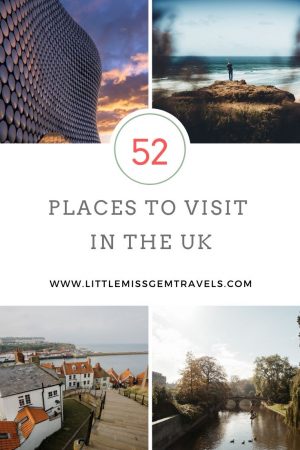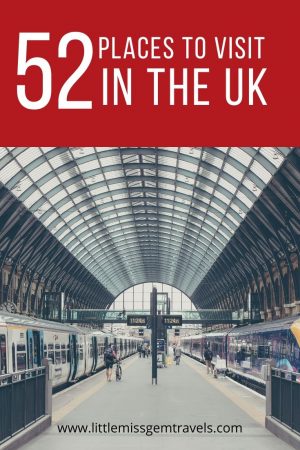The posts in this blog may include affiliate links. This means that when you decide to purchase anything through these links I get a small commission at NO extra cost to you.
The great thing about the UK is that even for a small island there are actually hundreds of places to visit. The great thing about the year is that there are 52 weeks. That means you could potentially plan the same number of weekend trips, so here are 52 places to visit in the UK.
52 Places to Visit in the UK
Aberdeen
This is a city right on the north east coast. It’s a place where the harbour meets the city centre, where you may just see the harbour’s resident pod of dolphins playing in the waters or enjoy a beach stroll alongside some serious shopping. It’s a city where you can easily surf or take in a theatre performance in the same day. Aberdeen is famous for its stunning, sparkling, granite buildings and monuments which shimmer in the sunlight and the warming tones of ‘Doric’, the local Scots dialect you’ll hear in the streets.
Anglesey
Bath
Bath’s compact, visitor-friendly centre is overflowing with places to eat and drink, plus some of the finest independent shops in Britain, making it one of the best places to visit in the UK and the ideal city break. Immerse yourself in Bath’s remarkable collection of museums and galleries, and enjoy year-round festivals, theatre, music and sports.
Belfast
Experience a Titanic city full of surprises and hidden gems. Soak up the lively atmosphere, stroll along fine Victorian streets, enjoy world-class visitor attractions and indulge in a cafe, restaurant and entertainment scene that can rival any city in Europe.
Birmingham
Alongside picturesque canals and outstanding museums and galleries is an impressive food and drink culture including restaurants, cocktail bars and craft breweries.

Bournemouth
If one thing has shaped Bournemouth, it’s the beach, but it’s more than just a great place for stag and hen parties, it also has great restaurants, tempting water sports, and in Boscombe there is a cool urban-surfer vibe.
Brighton
Discover things to do in Brighton such as the Brighton Palace Pier, the Royal Pavilion and the brand new British Airways i360. The city is also home to a cornucopia of cultural delights as well as big name shops and hundreds of independent boutiques. There are many award-winning restaurants in Brighton & Hove catering for all tastes from classic fish ‘n’ chips to creative vegetarian restaurants and even a zero waste restaurant.
Bristol
From Brunel’s iconic suspension bridge to the alternative character of some neighbourhoods and a famously vivid street art scene, there is always something to discover, making it one of the best places to visit in the UK, which isn’t surprising as it’s one of Britain’s largest cities.
Burford
With a combination of delightful hotels and restaurants, antique shops, chintzy tearooms and specialist boutiques, Burford is the perfect pit-stop for many summer visitors, but it’s easy to escape the crowds and wander along quiet side streets, seemingly lost in time.
Cambridge
Often paired with Oxford, it is (in my opinion) the more attractive of the two cities, with honey coloured buildings, cobbled passageways and the river flowing gently past the beautiful college buildings and bridges to die for.
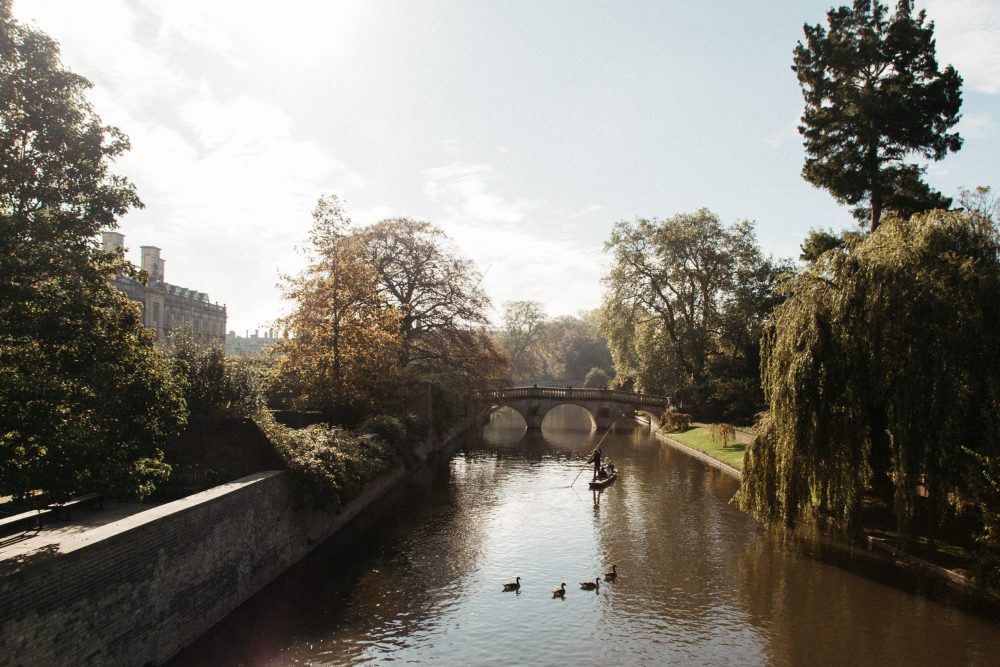
Canterbury
The Canterbury area offers you so much to see and do during your stay with a huge variety of attractions and indoor and outdoor activities to suit all tastes and interests. With so much to do you can stay for longer and take your time to explore this glorious countryside and coast, dig deep into its history and heritage, discover arts and culture, go shopping, enjoy an outdoor adventure, enjoy some family days out, bask on the beaches or bathe in waters that lap more than 14 miles of coastline.
Cardiff
It may have only become the capital of Wales 1955, but Cardiff is emerging as one of Britain’s leading urban centres. Spread between an ancient fort and a modern waterfront it is establishing itself as one of the leading places to visit in the UK for cultural visits.
Cheltenham
Just on the edge of the Cotswolds, Cheltenham is a wonderful mix of the tradition and the new, it is the erfect place to unwind. With unique festival vibes, a large community of independent shops are nestled between popular High Street names, and then there is the foodie culture of fine dining and street food.
Dartmoor
Known for idyllic views and the ponies that wander at will, during a sunny day it is perfect for long picturesque walks but during misty, rainy days it is easy to see why it became the setting for Sir Arthur Conan Doyle’s The Hound of the Baskervilles. A dream location for anyone who loves an outdoor activity: hiking, cycling, riding, climbing and with plenty of rustic pubs and country-house hotels you’ll find somewhere to hibernate when the weather changes.
Durham
England’s most beautiful Romanesque cathedral, a huge castle, and, surrounding them both, a cobweb of hilly, cobbled streets – filled with upper-crust students attending England’s third university of choice (after Oxford and Cambridge) during term time – make Durham an ideal day trip from Newcastle or overnight stop.
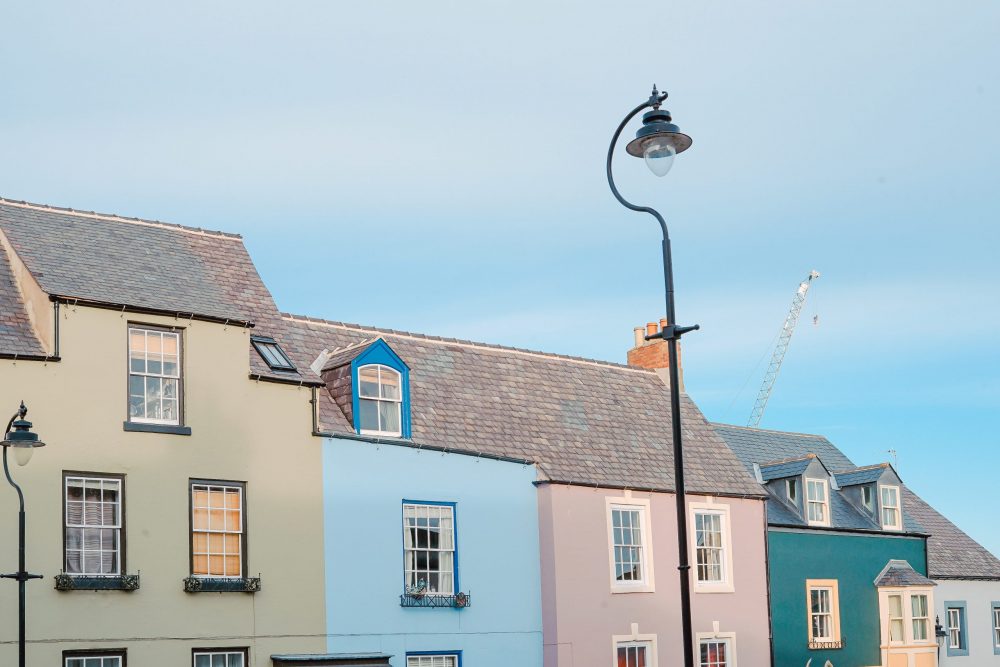
Edinburgh
Edinburgh is a city that begs to be discovered, filled with quirky, come-hither nooks that tempt you to explore just that little bit further.
Exeter
Exeter has a real sense of individuality, its varied cultural scene is embraced by proud locals, and the diverse mix of eateries means it is renowned as one of the foodie capitals of the South West. Head to the West Quarter or the cobbled Gandy Street to discover great mix of independent shops and boutiques, cafes and bars.
Fife
Fife is region of remarkable variety, all contained within 1,325 square kms on the east coast of Scotland. The ‘Kingdom of Fife’ is famous for its colourful fishing villages, glorious beaches and coastline, and St Andrews – the home of golf. There’s much more to enjoy though. With its rich culture, history and heritage, outdoor activities, leisure pursuits, delicious local food and welcoming accommodation, you’ll want to come back to Fife again and again.
Glasgow
This is a city with striking architecture, contemporary art spaces and fascinating museums, many of which are free. Glasgow city centre is one of the best places to visit in the UK outside of London’s West End, and when it comes to nightlife, Glasgow knows what it’s doing. With a diverse culinary scene, abundance of pubs and bars as well as some of the UK’s best music venues, this is the city for the night owls.
Gloucester
The cathedral city of the Cotswolds, Gloucester has its roots stretching back to Roman times and has continued to be an important English city, boasting over 2,000 years of history. The country’s most inland port, the city has seen unprecedented regeneration in the last decade, most visibly at the city’s historic docks.
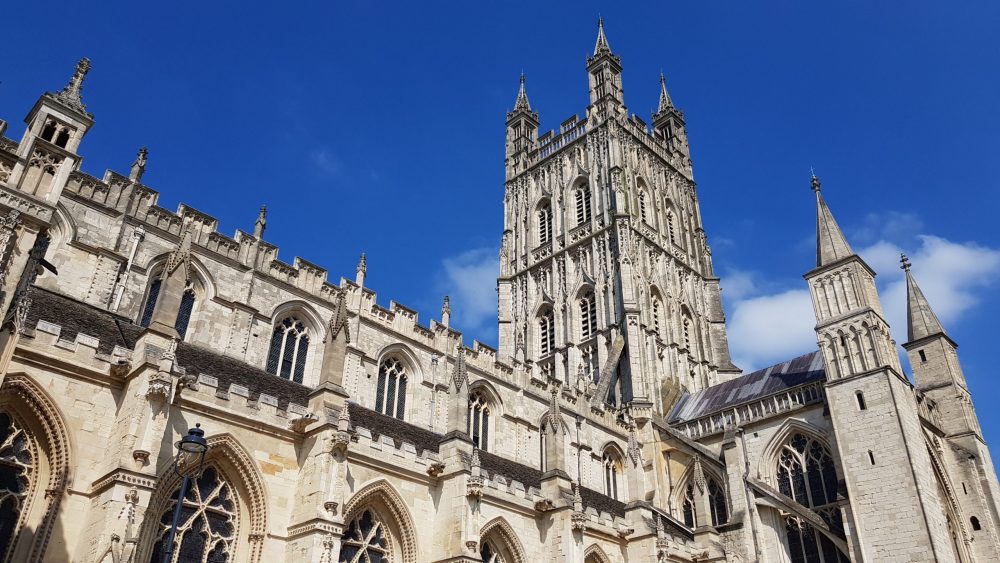
Harrogate
The quintessential Victorian spa town, prim and pretty Harrogate has long been associated with a certain kind of old-fashioned Englishness – the kind that seems the preserve of retired army majors and formidable dowagers who take the Daily Telegraph and always vote Tory. They come to Harrogate to enjoy the flower shows and gardens that fill the town with magnificent displays of colour, especially in spring and autumn. It is fitting that the town’s most famous visitor was Agatha Christie, who fled here incognito in 1926 to escape her broken marriage.
Hastings
Forever associated with the Norman invasion of 1066 (even though the decisive events took place 6 miles away), Hastings prospered as one of the Cinque Ports and, in its Victorian heyday, was one of Britain’s most fashionable resorts. After a period of steady postwar decline, the town is enjoying a mini-renaissance, and these days is an intriguing mix of family seaside resort, working fishing port and arty hang-out.
Inverness
Inverness has a great location astride the River Ness at the northern end of the Great Glen. In summer it overflows with visitors intent on monster hunting at nearby Loch Ness, but it’s worth a visit in its own right for a stroll along the picturesque River Ness, a cruise on Loch Ness, and a meal in one of the city’s excellent restaurants.
Isle of Skye
Skye is a truly magical place. The largest of the Inner Hebrides, it’s home to some of Scotland’s most iconic landscapes. Whether you are visiting for a few days whilst on a tour of Scotland or staying for a longer spell, the island has countless ways to enchant you, with its mountain ranges, miles of dramatic coastline and captivating history. Bring your sense of adventure!
Leeds
Just an hour south of the southern Dales and one of the fastest-growing places to visit in the UK, Leeds is the glitzy embodiment of rediscovered northern self-confidence. A decade and a half of redevelopment has transformed the city centre from a near-derelict mill town into a vision of 21st-century urban chic, with architecturally daring malls woven into the fabric of the city centre, a revitalised Victorian mill district and an innovative independent dining and drinking scene.
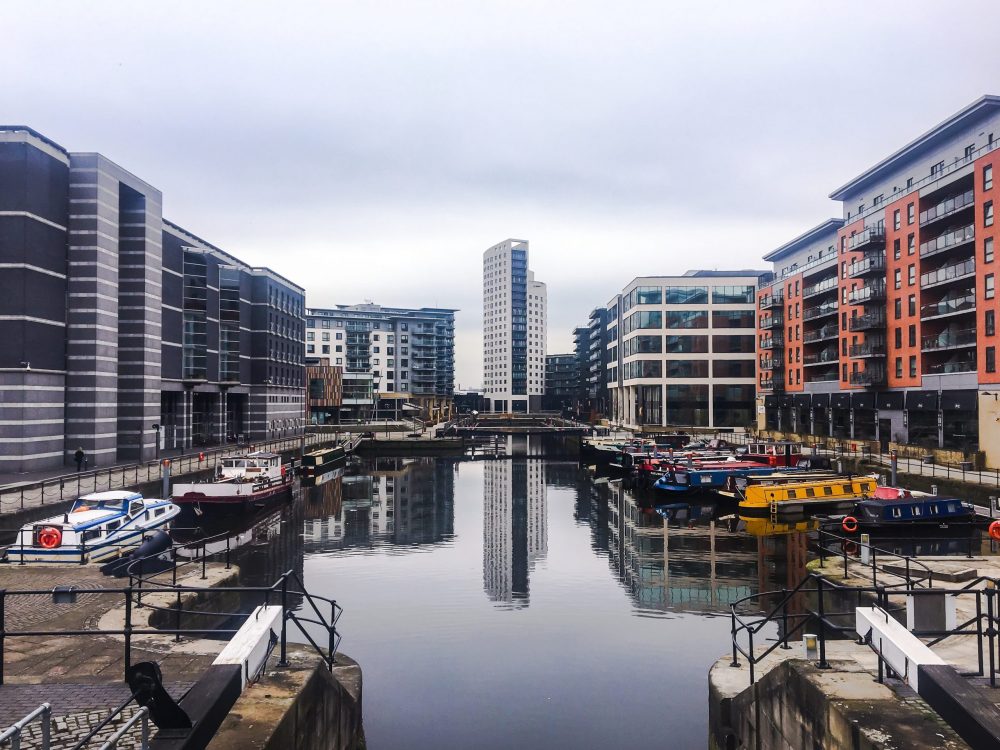
Liverpool
It’s hard not to be infected by a Liverpudlian’s love for their own city. For decades this was a hardscrabble town beset by all manner of social ills, but still the love endured, finding its expression in a renowned gallows wit and an obsession with football.
Manchester
But bold statements and ironclad self-confidence have long been a thing in Manchester, the one-time engine room of the Industrial Revolution and a city that incubated communism, suffragism, vegetarianism and a bunch of other ‘isms’ aimed at improving humanity’s lot. In the 21st century, invention, discovery and progress remain the driving forces of this remarkable place, which responded to a terrible act of terrorism in 2017 by doubling down on the tolerant and inclusive attitudes toward all those who’ve made it home.
Margate
A popular resort for more than two centuries, Margate’s late-20th-century slump was long and bleak as British holidaymakers ditched Victorian frump for the carefree costas of Spain. But this grand old seaside resort, with fine-sand beaches and artistic associations, has bounced off the bottom. Major cultural regeneration projects – including the spectacular Turner Contemporary art gallery – are slowly reversing the town’s fortunes, and on busy days even the odd non-English speaker can be overheard in the hipster cafes and carefully curated junk emporia of the rejuvenated old town.
Newcastle
Newcastle upon Tyne (also known as Newcastle) is one of the largest cities in England located in Tyne and Wear. Situated North of the River Tyne it used to be known as the county town of Northumberland. There are many sites to see in the city of Newcastle such as the Tyne Bridge, the Discovery Museum and St James Park the famous football ground.
Newquay
Newquay: naughty, and apart from its stunning beaches, not really very nice, actually. For many years, that’s been the prevailing opinion of Cornwall’s surfing capital, and honestly, Newquay has no one but itself to blame for the bad rap. With a notorious nightlife, and a main street lined with trashy clubs, rowdy pubs and blinking amusement arcades, it’s no surprise the town has found itself struggling to transcend its party-hard, alcohol-fuelled, bargain-basement image.

Norwich
The affluent and easy-going city of Norwich (norr-ich) is a rich tapestry of meandering alleys liberally sprinkled with architectural jewels – spoils of the city’s medieval wool boom. A magnificent cathedral and impressive Norman castle bookend the city centre; in-between, crooked half-timbered buildings line quiet lanes. Thriving markets and a large student population enhance the city’s relaxed vibe. Add quick access to the Broads and Norfolk’s beaches, and you have an excellent base from which to explore.
Oxford
Oxford is a city full of history. Some of its buildings and structures were built more than 1,000 years ago. It is also home to some of the oldest colleges in the world. The various art galleries around the county have also enabled a number of budding artists to have the stage of their lives. You will also get to find some of the best restaurants here with both local and international cuisines well represented. Their settings are also varied. You can eat right next to the River, take a meal with the view of the entire Oxford city or even have a picnic on a chauffeured punt; the choice is yours.
Painswick
Among the Cotswolds’ most beautiful and unspoiled villages, hilltop Painswick sits 10 miles southwest of Cheltenham. Cars stream through, along its single-lane main road, but other than walkers on the Cotswold Way, few visitors allow themselves the pleasure of wandering its narrow winding streets to admire picture-perfect cottages, handsome stone houses and medieval inns. Keep an eye out for Bisley St, the original main drag, which was superseded by the now ancient-looking New St in medieval times.
Penzance
One of Cornwall’s most famous towns, Penzance is known across the world as the home of myth, piracy and adventure. Through passing centuries, this area has nurtured daring risk-takers, creative thinkers and independent minds. Today, its natural beauty, impressive architecture and vibrant community continue to captivate and inspire.
Plymouth
There are well-known landmarks, historical sites and natural assets to explore across Plymouth’s many unique areas and districts. Wander the Barbican’s quaint cobbled quayside following in the Mayflower Pilgrims’ footsteps or visit the National Marine Aquarium with its deep-water fish tanks.
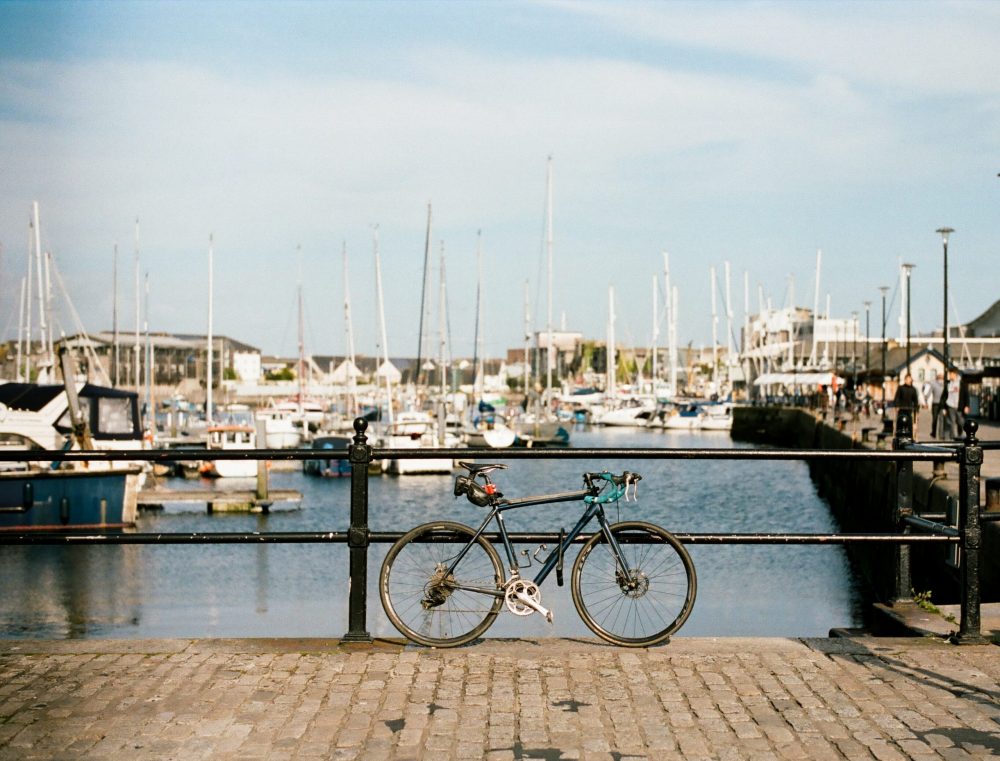
Portland
This unique, tied island marks the southernmost point on the Jurassic Coast and is joined to the mainland by Chesil Beach. Its isolated location, quaint villages and rocky, coastal scenery give the island its own special atmosphere, perfect for exploring.
Portmeirion
Set on its own tranquil peninsula reaching into the estuary, this fantastical collection of colourful buildings with a heavy Italian influence was masterminded by Welsh architect Sir Clough Williams-Ellis. Starting in 1925, Sir Clough collected bits and pieces from disintegrating stately mansions and set them alongside his own creations to concoct this weird and wonderful seaside utopia. Today the buildings are all heritage listed, the site is a conservation area, and festivals, fairs, gigs and other events are frequently held here.
Salisbury
Centred on a majestic cathedral that’s topped by the tallest spire in England, Salisbury makes an appealing Wiltshire base. It’s been an important provincial city for more than a thousand years, and its streets form an architectural timeline ranging from medieval walls and half-timbered Tudor town houses to Georgian mansions and Victorian villas.
Snowdonia
This part of Wales really packs it in, from rugged mountain trails to coastal paths, old industrial sites and heritage train lines. The gem in this diadem is Snowdonia National Park, where the mightiest peaks south of Scotland scrape glowering skies. With such a formidable mountain shield, it’s little wonder that the northwestern county of Gwynedd has held tightly to Cymraeg language and culture. More than 65% speak the ancient mother tongue here – the highest proportion in the country.
St. Ives
If there was a prize for the prettiest of Cornish ports, then St Ives would undoubtedly be a contender for the top spot. A tightly packed cluster of slate roofs, fishers’ cottages and church towers spread out around turquoise bays – it’s an unfailingly dazzling sight. Once a busy pilchard harbour, St Ives later became the centre of Cornwall’s arts scene in the 1920s and ’30s, when luminary figures such as Barbara Hepworth, Terry Frost, Ben Nicholson and Naum Gabo migrated here in search of artistic freedom.
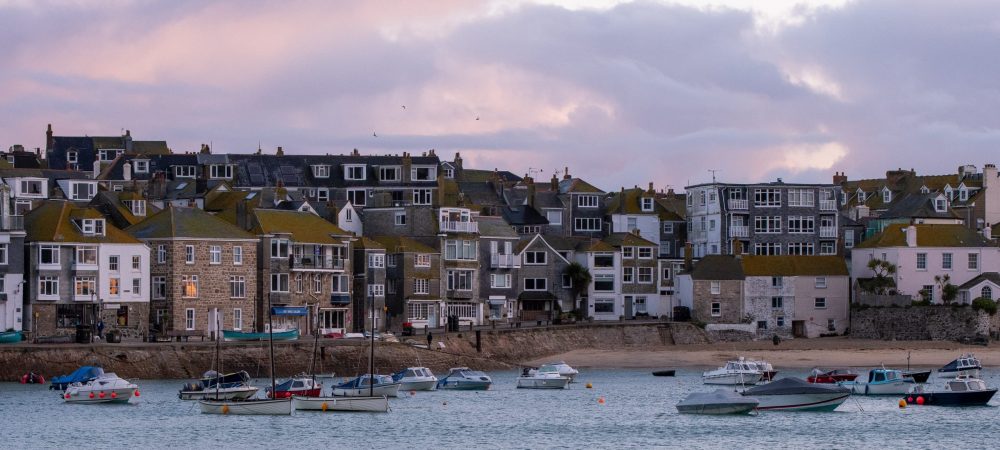
Stow-on-the-Wold
The highest town in the Cotswolds (244m), Stow-on-the-Wold centres on a large square surrounded by handsome buildings. The high-walled alleyways that lead into it originally served to funnel sheep into the fair, and it also witnessed a bloody massacre at the end of the English Civil War, when Roundhead soldiers dispatched defeated Royalists in 1646.
Stratford-on-Avon
As well as Britain’s most famous playwright William Shakespeare and the world-famous Royal Shakespeare Theatre, Stratford is great for a day on the River and then chilling out in the evening in one of the many chic restaurants and bars in the centre of town. This making it one of the best places to visit in the UK and continuously one of the most popular.
Swansea
A smorgasbord of experiences is on offer in this corner of Wales, with physical proximity the only thing linking its three main dishes: unforgettable coasts, abundant greenery and excellent produce.
Tenby
Tenby is a town steeped in ancient history surrounded by an imposing medieval stone wall. Through the passages of time Tenby has seen many changes but it has been on the leisure map for over 200 years. And with all that experience the people of Tenby certainly know how to offer each and every visitor an unforgettable time.
Tintagel
The spectre of legendary King Arthur looms large over Tintagel and its dramatic clifftop castle. Though the present-day ruins mostly date from the 13th century, archaeological digs have revealed the foundations of a much earlier fortress, fuelling speculation that Arthur may indeed have been born at the castle, as locals like to claim. It’s a stunningly romantic sight, with its crumbling walls teetering precariously above the sheer cliffs, and well worth devoting at least half a day to exploring.
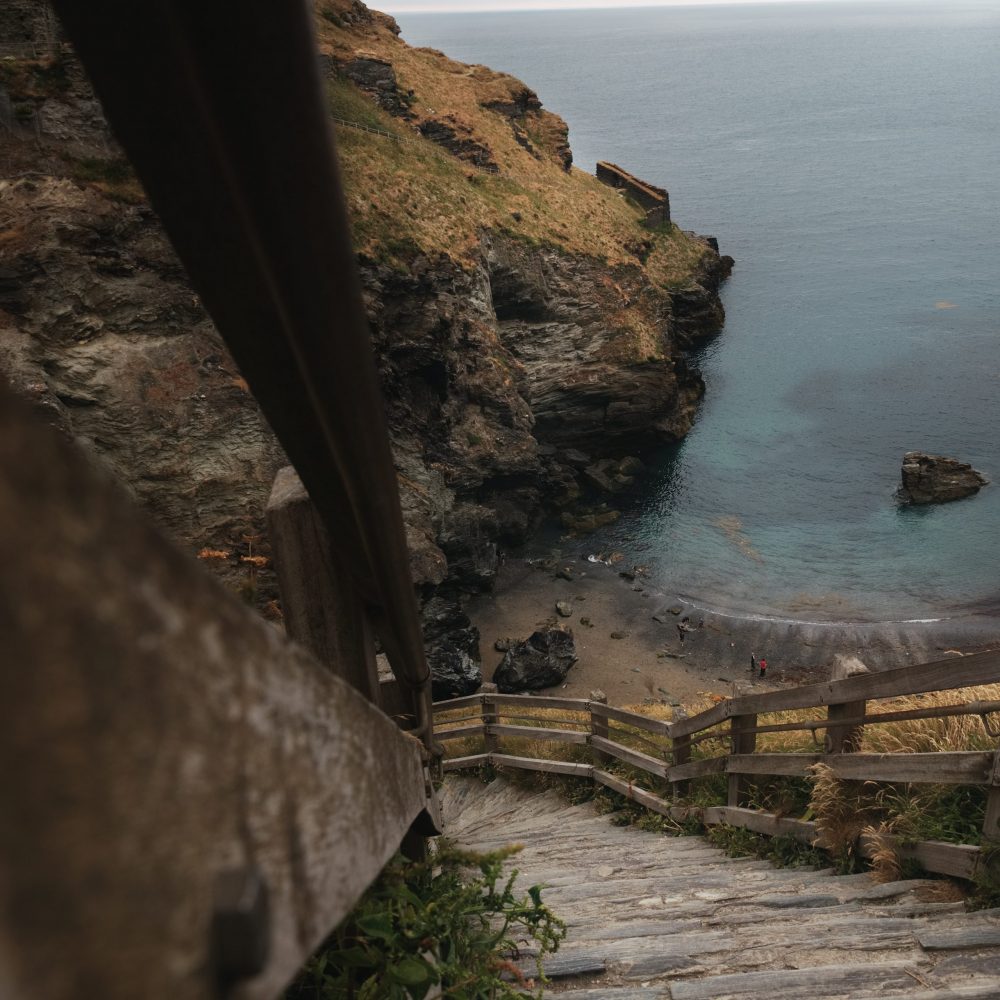
Torquay
A seaside resort since Victorian times – and, famously, the setting for Basil Fawlty’s fictional hotel in Fawlty Towers – Torquay remains a classic destination for the good, old-fashioned British summer getaway. Rather fancifully billing itself as the heart of the ‘English Riviera’, a reference to its palm-lined seafront and russet-red cliffs, it’s a curious mix: as popular as ever with coach tours, sun-seeking families and stag- and hen parties, but with a fresh smattering of fine-dining restaurants and boutique B&Bs that indicate the town might be sloughing off its old image in favour of something a bit more classy. And in fact, it’s the sprawling, bargain-basement resort of Paignton 3 miles south that’s in more dire need of an image overhaul.
Truro
Dominated by the three mighty spires of its 19th-century cathedral, which rises above town like a neo-Gothic supertanker, Truro is Cornwall’s capital and its only city. It’s the county’s main centre for shopping and commerce: the streets here are packed with high-street chains and independent shops, and there are regular weekly markets held on the paved piazza at Lemon Quay (opposite the Hall for Cornwall).
Wells
In Wells, small is beautiful. This is England’s smallest city, and only qualifies for the title thanks to a magnificent medieval cathedral, which sits beside the grand Bishop’s Palace – the official residence of the Bishop of Bath and Wells since the 12th century.
Weymouth
At just over 225 years old, Weymouth is a grand dame of a resort with a couple of tricks up her faded sleeve. Candy-striped kiosks and deckchairs line a golden, 3-mile beach; chuck in cockles and chippies and prepare to promenade down seaside memory lane. But Weymouth is about more than just that sandy shore; the town boasts a historic harbour, some superb seafood restaurants and easy access to the watersports centres of the neighbouring Isle of Portland.
Whitby
Whitby is a town of two parts, with the River Esk carving a path between a huddle of 18th-century fishermen’s cottages along its East Cliff and a genteel Victorian suburb atop the West Cliff. It’s also a town with two personalities – on the one hand, a busy commercial and fishing port (it was here that 18th-century explorer Captain James Cook gained his seafaring legs) with a bustling quayside awash with fish; on the other, an oh-so-pretty, traditional seaside resort complete with sandy beach, amusement arcades and promenading holidaymakers.
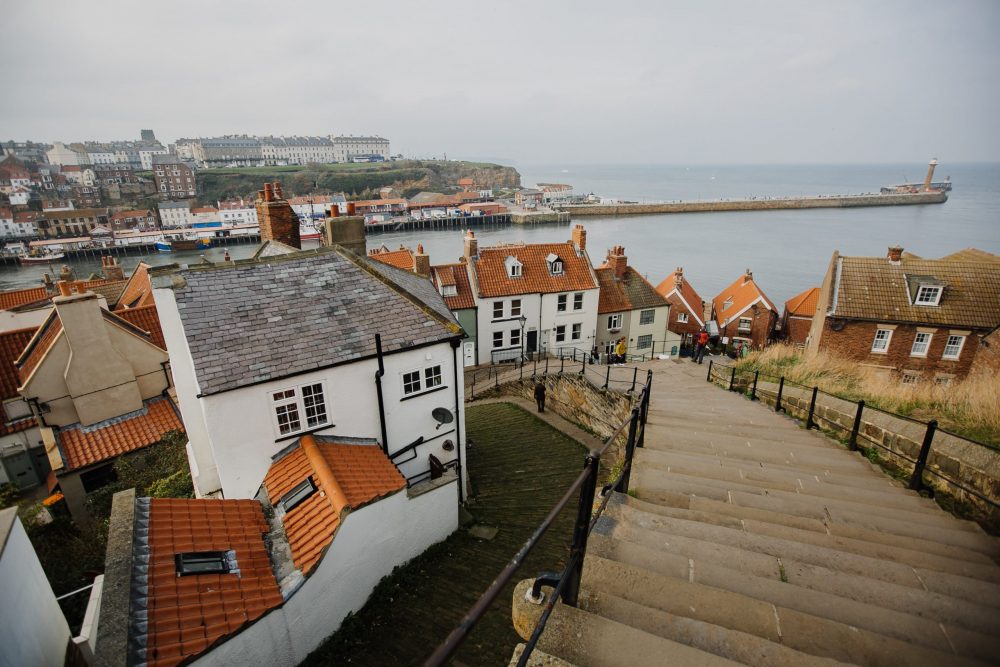
Windsor
Windsor is famous for its royal connections and is steeped in the pageantry and history of the royal family. Surrounded by the delightful countryside of Royal Berkshire and makes a great places to visit in the UK. You’ll discover a lively town in a glorious riverside location with great shopping, restaurants and Windsor Castle – one of the Queen’s official royal residences and the largest and oldest occupied castle in the world.
York
No other city in northern England says ‘medieval’ quite like York, a city of extraordinary cultural and historical wealth that has lost little of its pre-industrial lustre. A magnificent circuit of 13th-century walls encloses a medieval spider’s web of narrow streets. At its heart lies the immense, awe-inspiring York Minster, one of the most beautiful Gothic cathedrals in the world. York’s long history and rich heritage is woven into virtually every brick and beam, and the modern, tourist-oriented city – with its myriad museums, restaurants, cafes and traditional pubs – is a carefully maintained heir to that heritage.
How many places in the UK have you visited?
Let me know in the comments.
New Post Notifications

